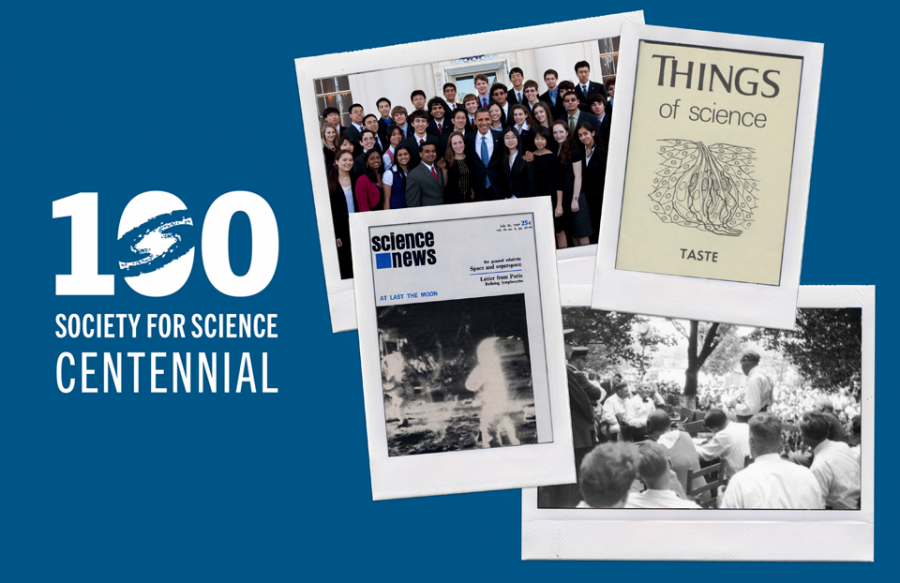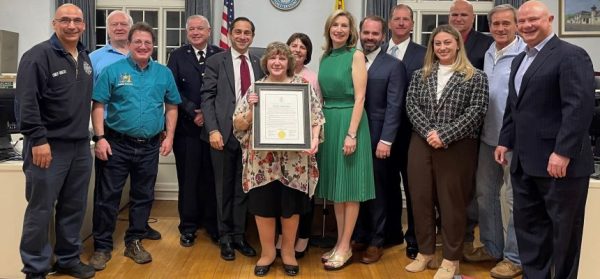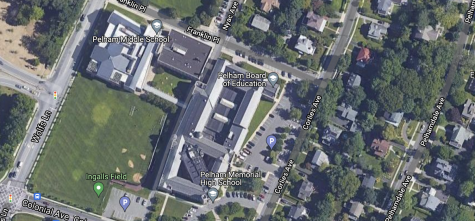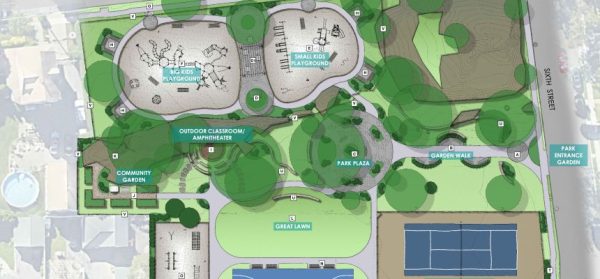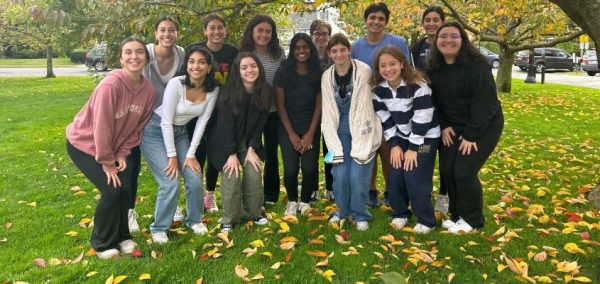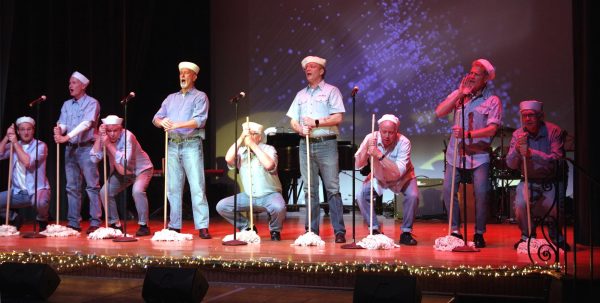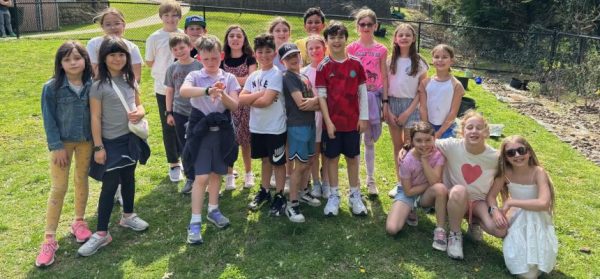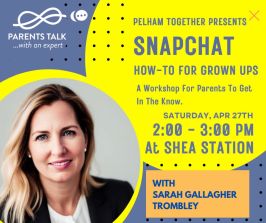PMHS’s Dusevic and Dougherty win Best in Fair in Regeneron science competition
Editor’s note: This press release was provided by the Pelham Union Free School District.
PMHS Science Research students are set to showcase their projects at a virtual symposium at 6pm this coming Tuesday, May 25 following a year of unprecedented success despite the challenges posed by COVID-19.
This spring, several high school students placed among the top of their respective fields at the Westchester Science and Engineering Fair held in March with four students advancing to the prestigious Regeneron International Science and Engineering Fair, which was held last week.
“It was a great experience,” said Daniel Dusevic about the ISEF Fair, at which he and partner Jack Dougherty presented their research project titled “A Profile of Heavy Metal Contamination in Lower Hudson Valley Tributaries” and won Best In Fair for a group project. “It was great being able to see the other projects, the judges were top tier and it was an honor being judged by people who are so high up.”
In conducting their research, Dusevic and Dougherty tested local waterways for contaminants. After an initial round of research testing several waterways in the area, the pair went back to those rivers/tributaries that had the highest levels of metal contamination. Their findings showed that several waterways in the area had contaminant levels higher than the EPA standards. Their project began in January of 2020 and though the pandemic and the shift to remote and hybrid instruction created challenges, they still found ways to continue their research.
“We were lucky enough to be working in an outdoor setting and didn’t have a problem,” Dusevic said, noting however that it was more difficult to gain feedback from their peers than in a normal year. “I believe with the formation of our presentation we would have had a lot more collaboration with students among the class.”
They also credited their mentor, Dr. Tom Callahan, Director of Math and Science, for guiding them on their work.
“Dr. Callahan provided us guidance the entire way and demonstrated to us how everything should be done,” said Dougherty, who will study Biology (pre-med) at the University of Toronto. “He was absolutely phenomenal in leading us through the entire process.”
“He’s been great, he shaped us into what we can be in terms of our project,” added Dusevic, who will attend John Jay College of Criminal Justice in the fall. “We weren’t really experienced at first, but he pushed us forward into being the best we could be.”
Joining Dusevic and Dougherty at the ISEF competition were fellow seniors Lucia Lavallee and Brett Bober, who also advanced to the competition in the field of environmental science.
Lavallee, who is headed to Georgetown University to study Biochemistry, explained that she chose to pursue her research, titled, “Street Trees: An Analysis of Undergrounding Powerlines in the Northeastern Suburbs” after COVID prevented her from continuing her previous project on medical laws and opioid use since she was unable to access a lab. She said that in making the change, she wanted to focus on an area that could help her local community and found that this new project expanded her interests.
“I enjoyed it because it gave me an opportunity to take initiative and design my own project,” Lavallee said.
In her research, Lavallee found that moving powerlines underground was both cost effective and provided important benefits for the community, including increased street tree growth that could improve air quality and lower health care costs and reduced spending on heating and cooling homes due to additional shade.
Bober was also able to adjust due to the pandemic as she explored her project titled “Determining Effective Locations of Seagrass to Prevent Coastal Erosion.” To conduct her research, she created a wave tank at home to simulate whether wave velocity was more effectively impacted with seagrass grown on a berm or on an offshore sand bar, finding that the berm had a more significant effect on reducing coastal erosion.
“My grandparents live on the coast so seeing how they and their friends are affected has always been an interest of mine,” said Bober, who will study Civil Engineering on an environmental track at the University of Virginia. “The actual very beginning of the project, forming an idea, was probably the part that was most affected (by the pandemic). I would have liked to go into the lab, but I do think the circumstances pushed my project up in a way that made it a little more impressive.”
The PMHS Science Research program is taught by Steve Beltecas and Joe DiBello. Students work with professional mentors in a variety of fields ranging from environmental and behavioral sciences to cancer research, among others. The students are able to work together and often review each other’s work, providing feedback and honing their presentation and public speaking skills.
“The science research program is probably the most unique thing that I’ve been involved with in high school,” Bober said. “It’s a very driven environment and I would not have discovered my interest and activities if I hadn’t taken the class.”
“After I joined science research, it opened my vision of what science could be and pushed me to learn new skills,” said Lavallee, “It definitely improved my communications skills and I met so many people that I might never have spoken to and become friends with. It diversified who I talk to and my understanding of the world through those people.”



